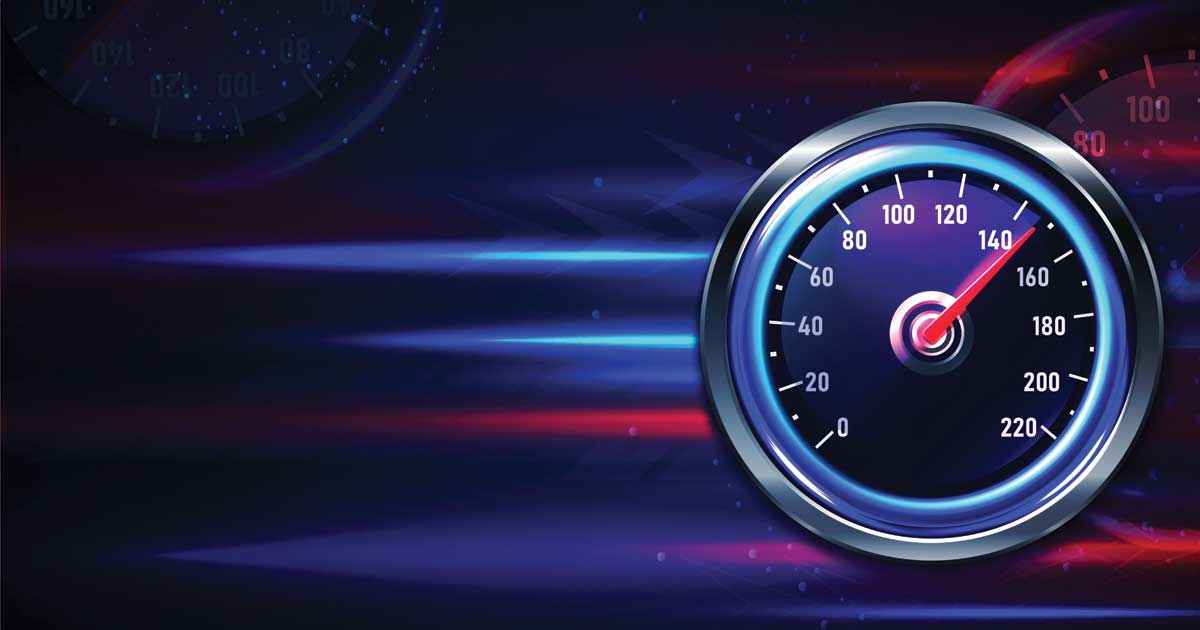Caching and Page Loading Speed
Have a Question?
Latest Articles

Caching and Page Loading Speed
Introduction
In the modern web world, page loading speed plays a crucial role in improving user experience and achieving higher rankings in search engines. Caching is one of the most important techniques used to speed up page loading and reduce resource consumption. In this article, we will review the concept of caching, its types, and how to apply it to improve the performance of your website.
What is caching?
Caching is the process of storing frequently requested data in fast-access memory, reducing the need to reload it from the original source each time the page is requested.
Types of caching
- Browser caching: When a user visits a website, the browser caches some files such as images, CSS files, and JavaScript in its local memory.
- Server caching: Cached copies of dynamic pages are stored in the server's memory, reducing the load on the database and making the site faster.
- Database Caching: Repeated queries to the database are stored in a temporary memory, which reduces response time when retrieving the same data over and over.
- Network-level Caching (CDN Caching): Content Distribution Networks (CDNs) are used to store copies of static files on multiple servers distributed around the world, allowing users to download content from the server closest to them, which reduces response time.
Benefits of Caching
✅ Speed up page loading: Reduces page loading time, which improves user experience
✅ Reduces resource consumption: Reduces CPU and memory consumption on the server
✅ Improves search engine performance (SEO): Helps improve the site's ranking in search results
✅ Reduces data consumption: Reduces Internet bandwidth consumption
Important links About Us
Share with your friends